It is also a sort of experience into the human mind, and it is interesting to see how people choose specific home styles based not only on their practical needs, but also on their personalities and aesthetic preferences.
The bungalow is one style of home that meets right in the middle of practicality and personality, and is perhaps the best overall match for old home aficionados.
After all, the bungalow has planted footprints across the globe, in countries such as India, Europe, and the United States. In the end, many people from around the globe, have tried the bungalow on for size and have indeed found a great fit.
So what is a bungalow, and what makes it so desirable?
A bungalow is a one story home (sometimes with a smaller, second story) with all of the typical rooms—bedrooms, bathrooms and a kitchen—surrounding a central living area. Other classic qualities of the bungalow include low-pitched roofs, few hallways, and built-in cabinets and shelves. Bungalows are often affordable, with efficient floor plans, and very desirable with its classic old-home charm.
Many consider the bungalow to be an all-American house, but its origins lie in India. Back in the 19th century, in the province of Bengal, single family homes were referred to as bangle or bangala—also known as “houses in the Bengal style. Bangala often had large porches which helped to reduce heat, and, in turn, made them popular among British colonials who borrowed this style when establishing their summer retreats.
From 1900 until today, new types of bungalows have originated, with the blending of old and new architectural styles. One example is the Californian bungalow, often associated with architects Greene and Greene, who designed Japanese inspired “Ultimate bungalows,” commonly seen in Pasadena. Their most famous and extravagant example is “The Gamble House,” which, today, boasts 30,000 annual visitors.
The Californian bungalow became so popular that companies like Sears started producing mail order versions of the home, which were available between 1908 and 1921.
In 1901, a furniture artisan named Gustov Stickley began publishing his “Craftsman Magazine,” which later, in the United States, spawned the Craftsman Movement. Original Craftsman homes were built according to Stickley’s plans, which were published in his magazine. Later, the bungalow style and the Arts and Crafts tradition—a movement which began years before in Europe as a rebellion against the formality and overindulgence of the Victorian era—were assimilated.
Likewise, people in the United States viewed the Arts and Crafts movement as a breaking away from the complexities associated with the Industrial Revolution, labeling it, “a return to nature.” Natural materials were used in connection with simple designs. The Craftsman bungalow became a style that represented the middle class, as an economical, yet aesthetically pleasing home.
Common Craftsman features include wide eves with brackets, a front porch with thick round or square columns, windows with leaded or stained glass, and beamed ceilings.
Over time the bungalow has fused with other styles including the Prairie, the Mission, the Colonial, and the Cape Cod, forming new types of bungalows, and fitting more peoples’ tastes. And so, in the end, it is true, with bungalows: there is a shoe that fits each person’s foot.
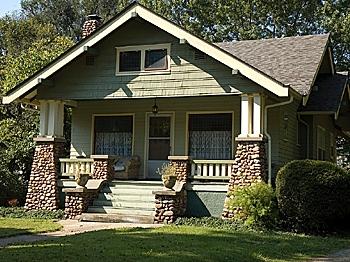
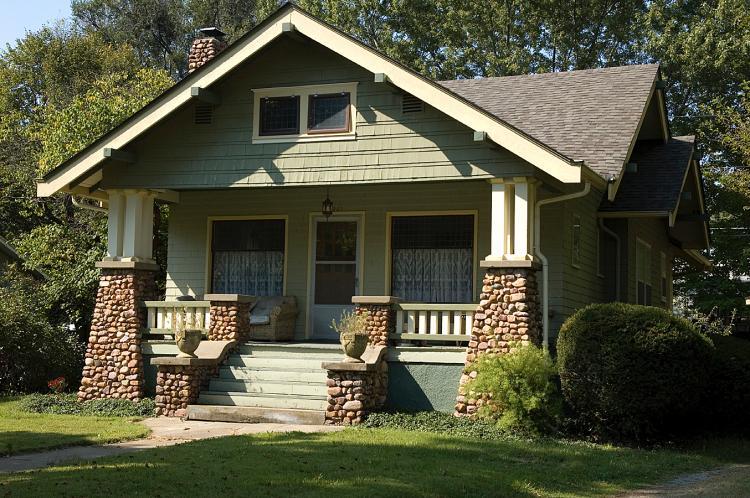
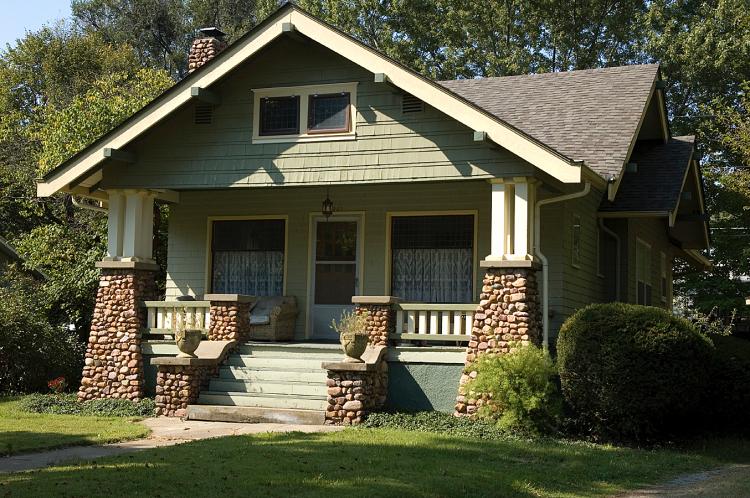
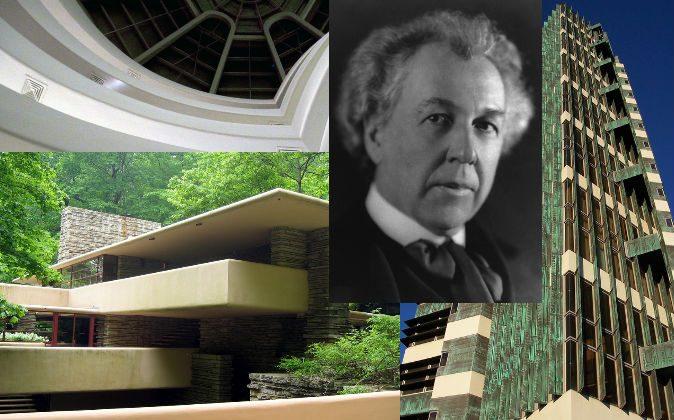
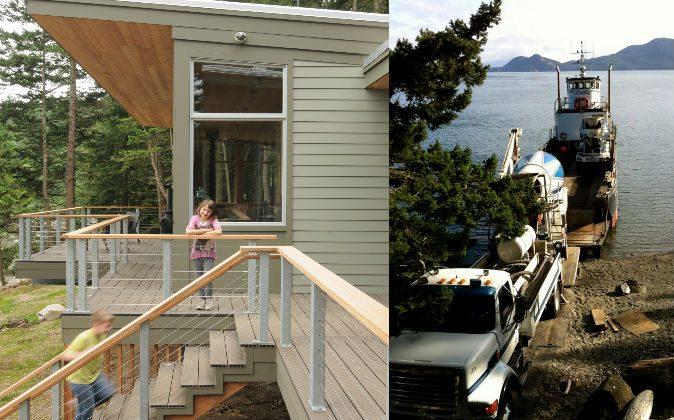
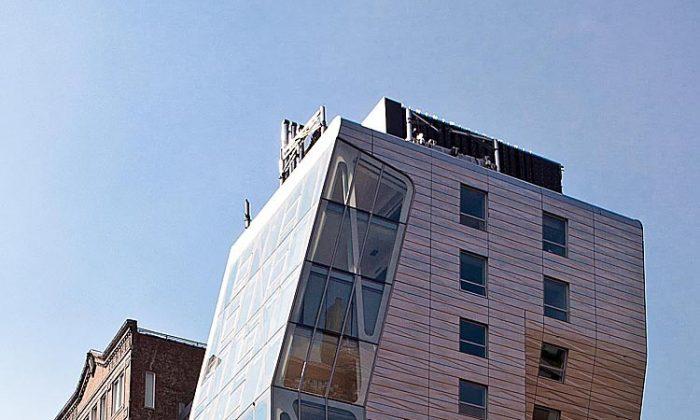
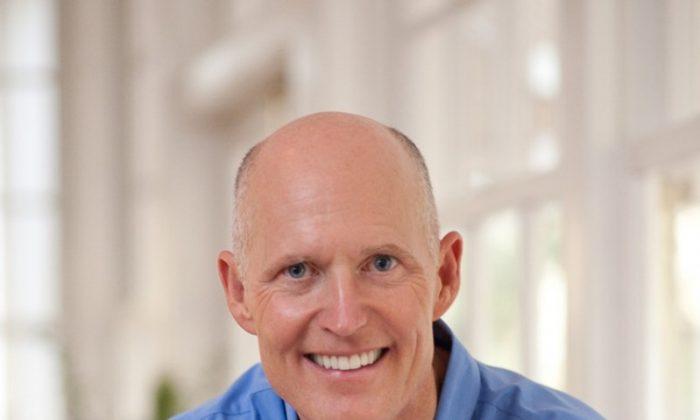
Friends Read Free